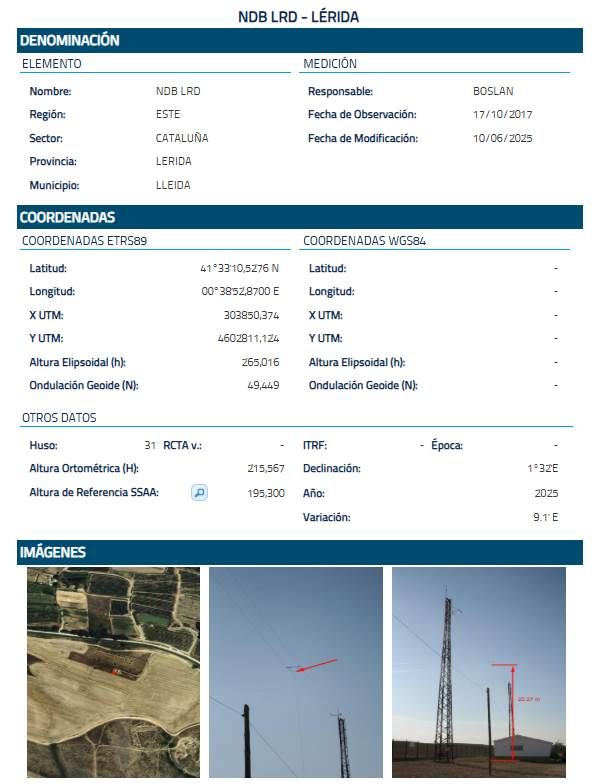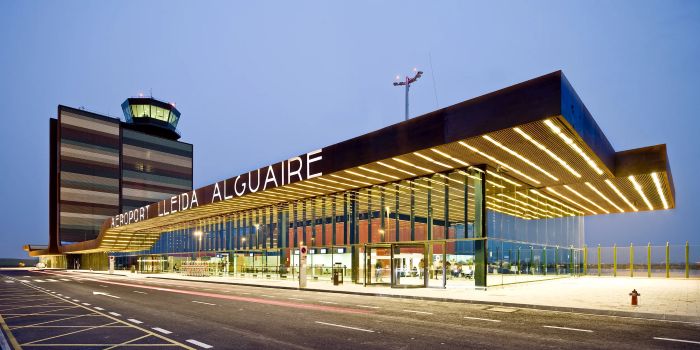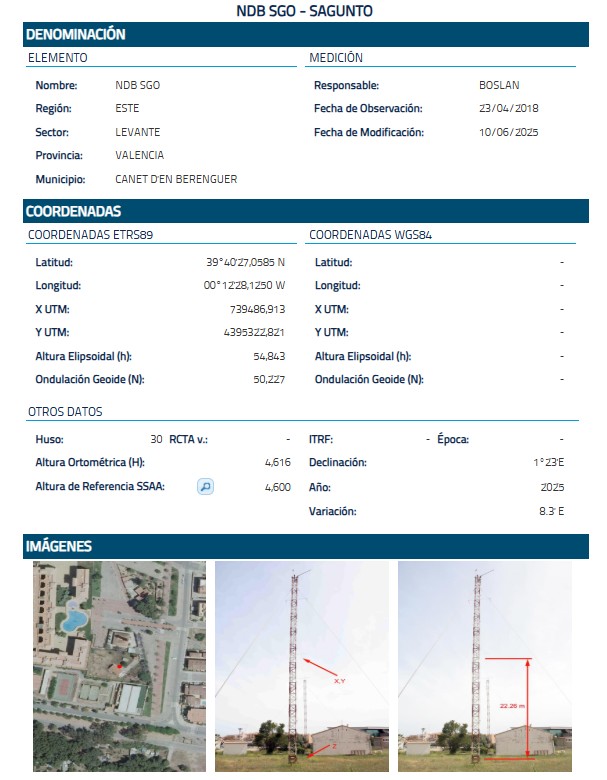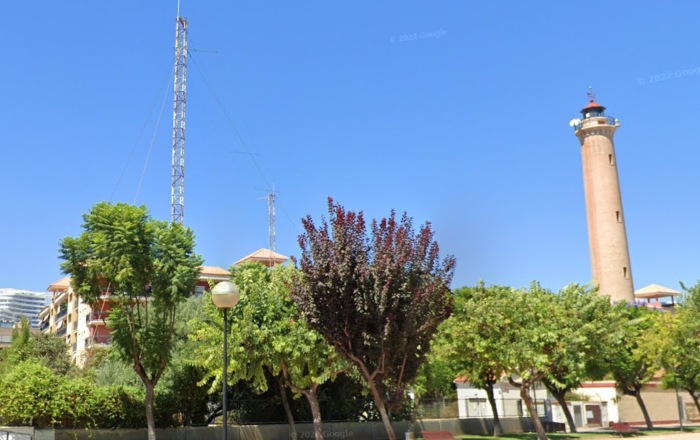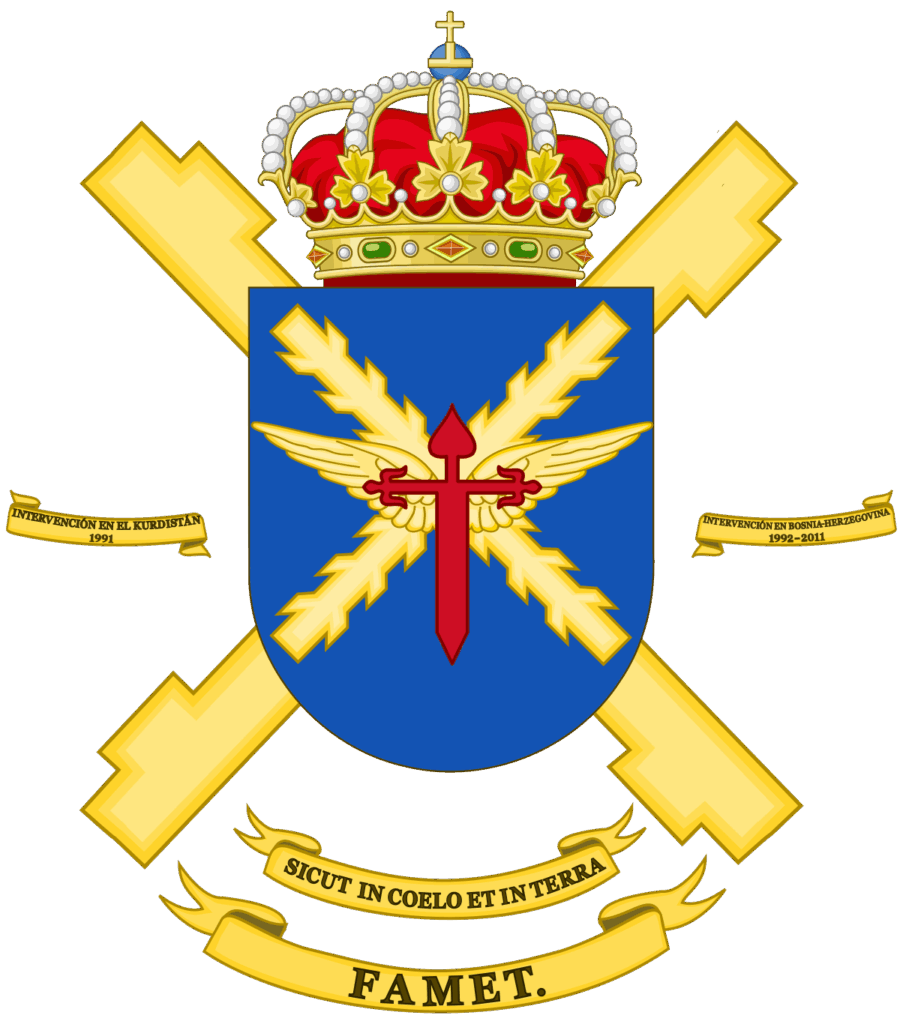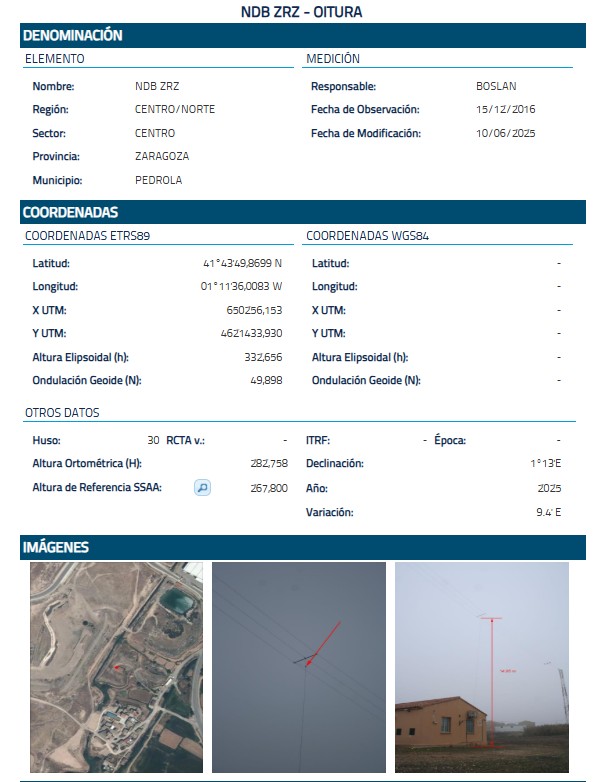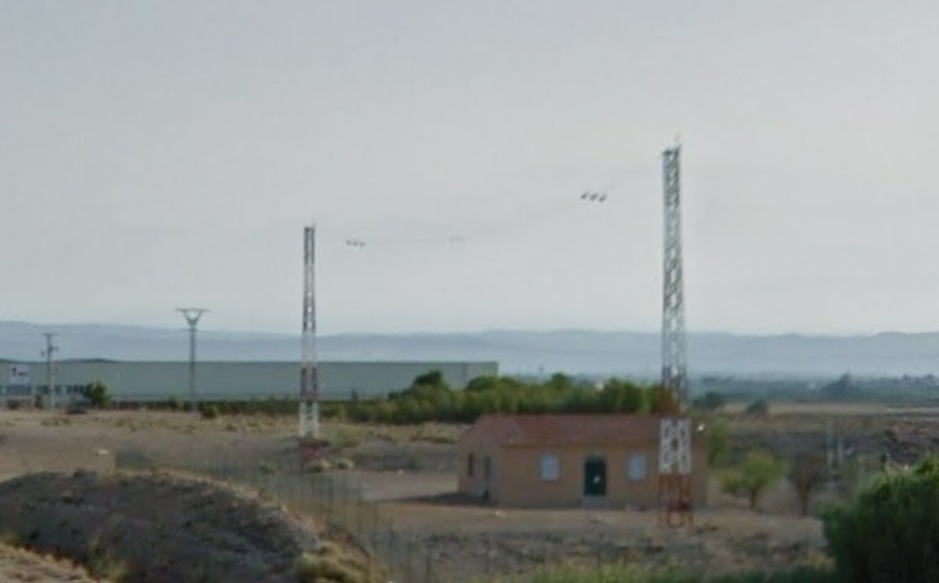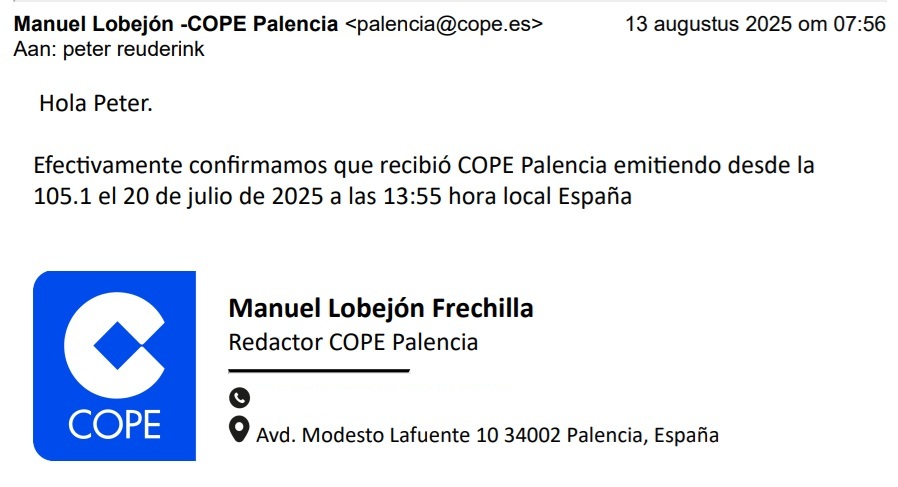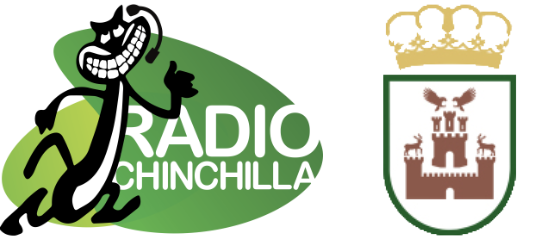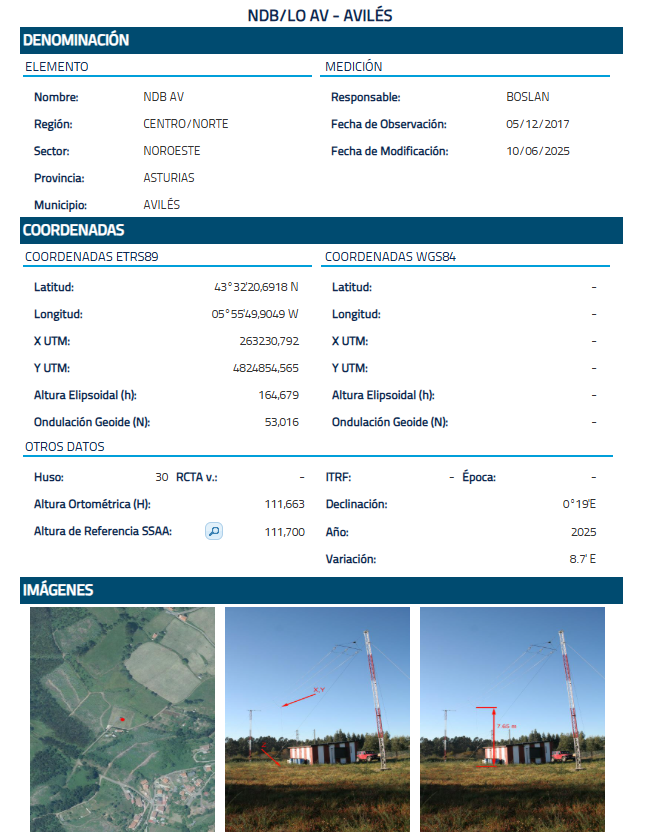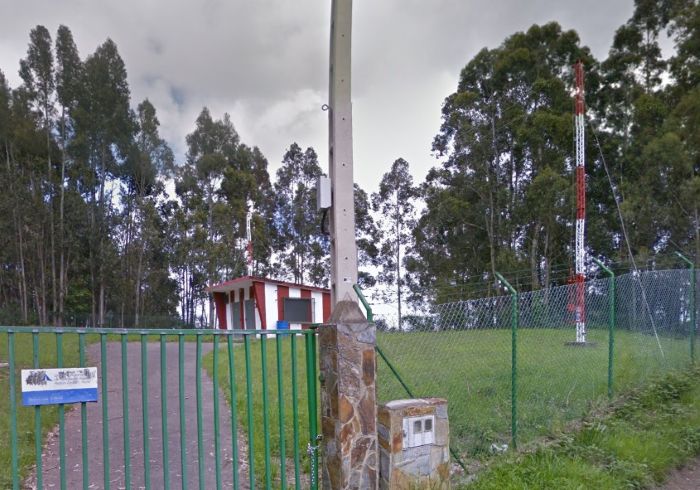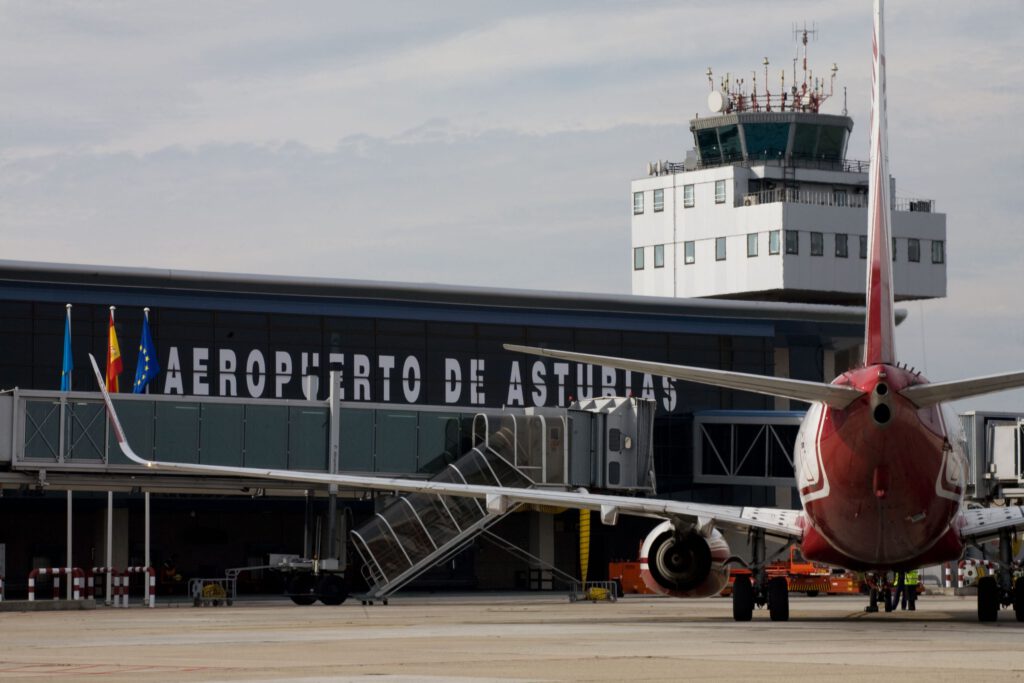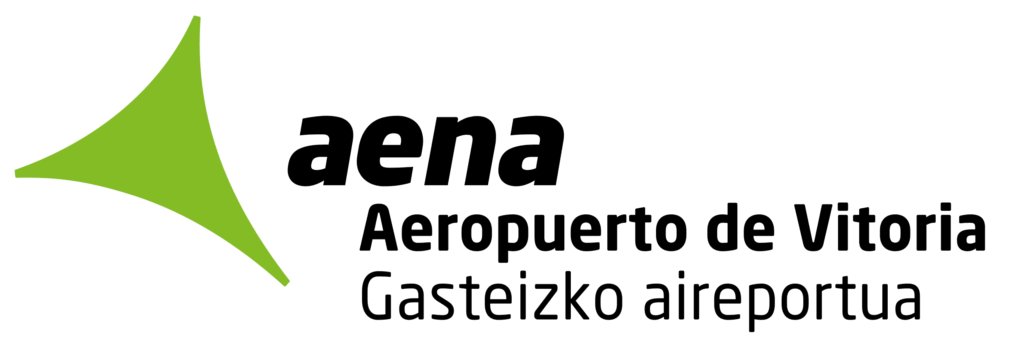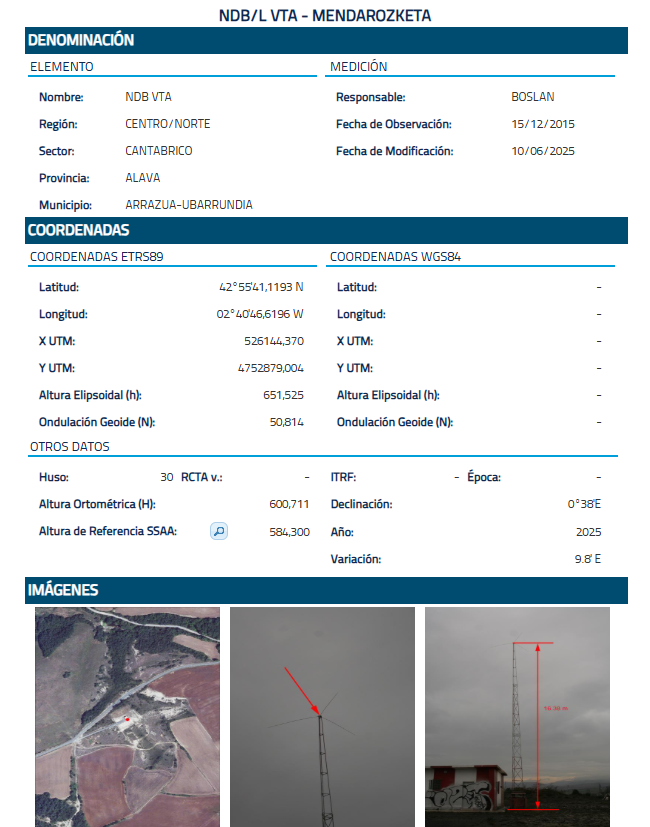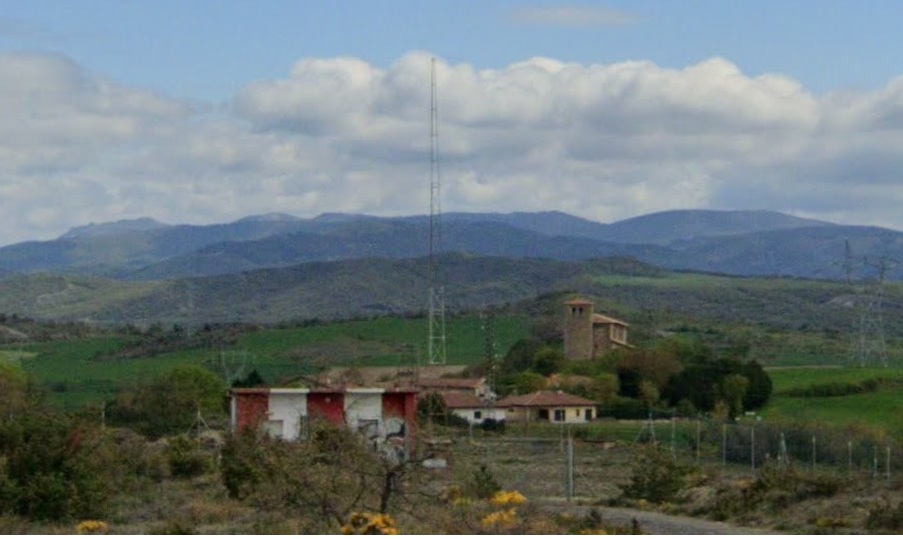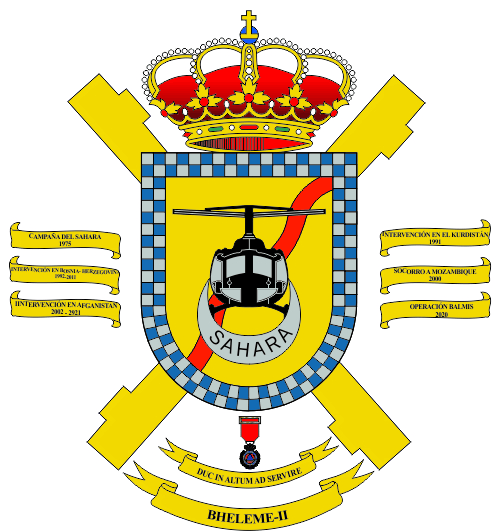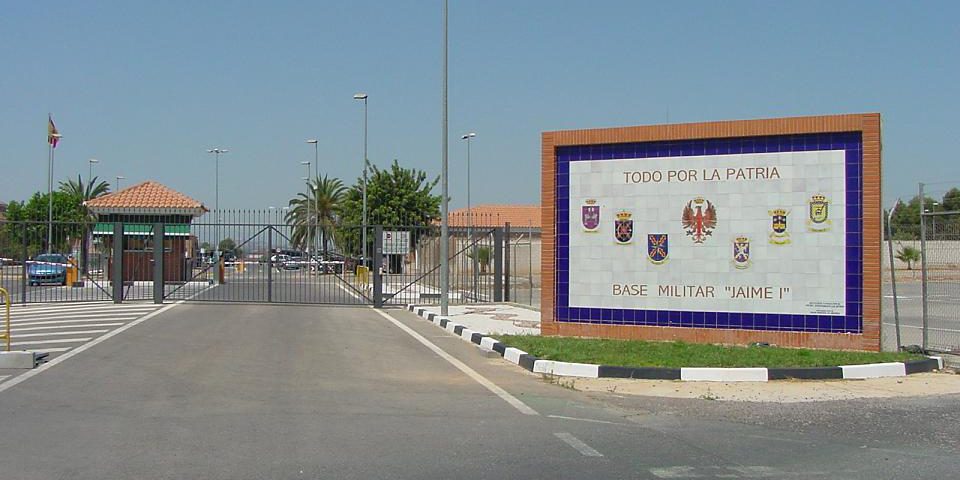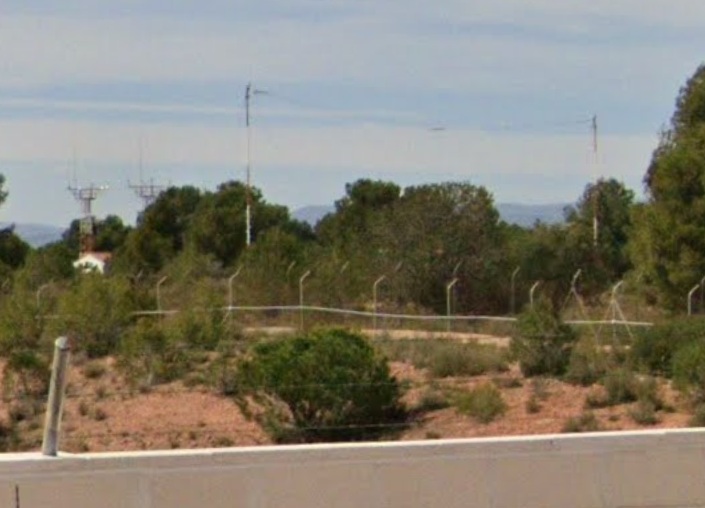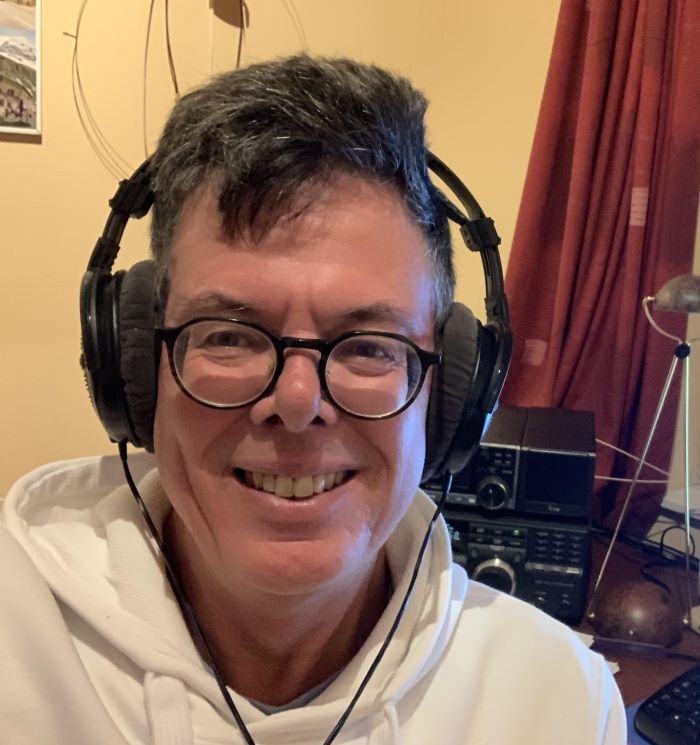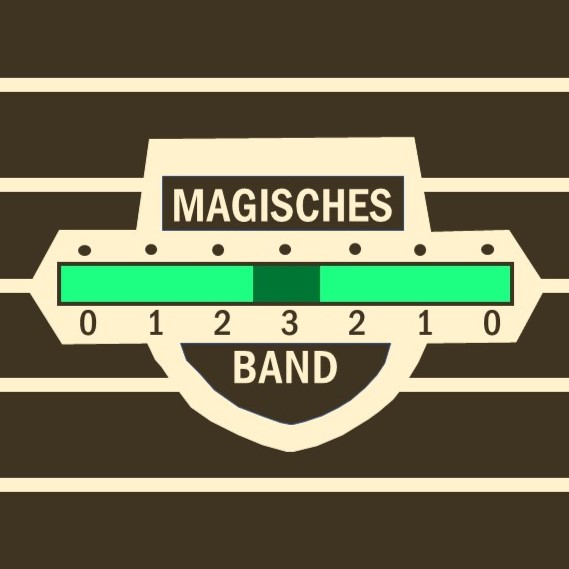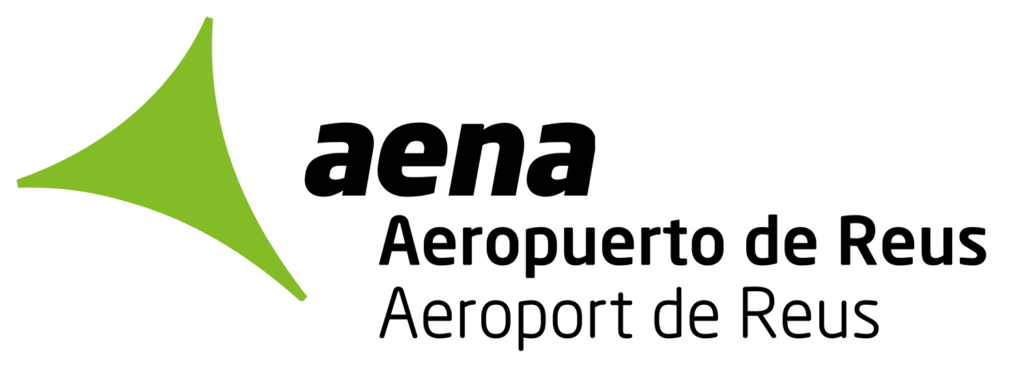
A QSL for NDB RUS operating on 424 kHz for Aeropuerto de Reus in Spain. Checking the statistics on NDB list this shouldn’t be a difficult catch. But despite receiving many Spanish NDBs, July this year was the first time I received RUS.
And my reception was far from perfect. In the Pskov recording I made you can see that the beacons was briefly visible with RUS in morse: .-. ..- …

Enaire was again so kind to confirm my report and included their usual data sheet. I sent my report to informacion@enaire.es .

Most flights from Reus Airport are seasonal, carried out by budget airlines like Ryanair and Jet2.com.


